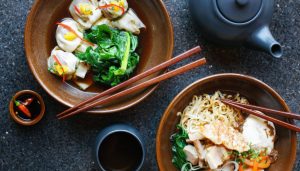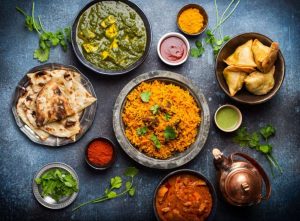
The Big Mac A Fast-Food Icon
Introduction
The Big Mac is a popular fast-food hamburger sold by the global chain McDonald’s. It is known for its signature sesame seed bun, two beef patties, special sauce, lettuce, cheese, pickles, onions, and ketchup. The Big Mac has become a cultural icon, representing American fast food and popular culture.
History of the Big Mac
The Big Mac was introduced to McDonald’s menus in 1967 and quickly became a popular menu item. Its success led to the creation of the Big Mac Index, a measure of the purchasing power parity between different currencies.
Ingredients and Preparation
- Beef Patties: Two beef patties are cooked on a grill and topped with special sauce, lettuce, cheese, pickles, onions, and ketchup.
- Bun: A sesame seed bun is used to hold the ingredients together.
- Special Sauce: The Big Mac’s special sauce is a secret recipe that includes ingredients like mayonnaise, mustard, and sweet pickle relish.
Nutritional Information
The Big Mac is a high-calorie and high-fat food. It is important to consume it in moderation as part of a balanced diet.
Cultural Impact
The Big Mac has become a cultural icon, appearing in countless movies, TV shows, and commercials. It is often seen as a symbol of American fast food and popular culture.
Variations of the Big Mac
Over the years, McDonald’s has introduced various variations of the Big Mac, including:
- Grand Big Mac: A larger version of the Big Mac with three beef patties and extra toppings.
- Macca’s Big Mac: A variation of the Big Mac that is popular in Australia.
- Le Big Mac: A version of the Big Mac that is popular in France.
Conclusion
The Big Mac is a beloved fast-food burger that has captured the hearts and taste buds of people around the world. Its iconic status and unique combination of flavors have made it a cultural phenomenon. While it is important to consume the Big Mac in moderation, it remains a delicious and satisfying treat for many.





